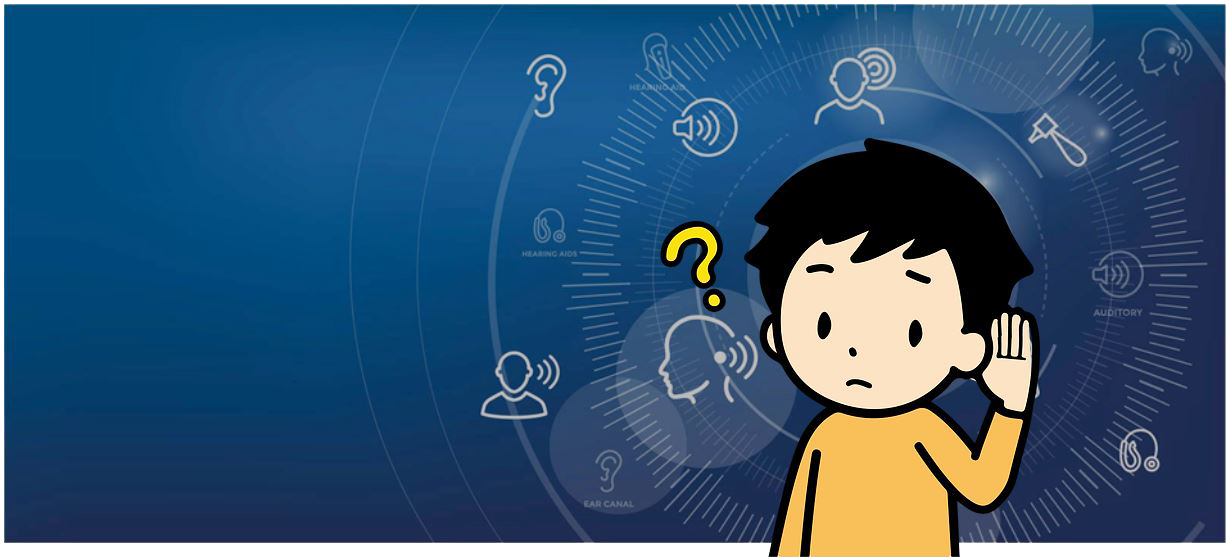

Microtia
Loading

Loading

We often see children with microtia referred to as "hearing impaired" to attract attention in social media campaigns. Well, can the children with microtia really not hear? Before we share with you the scientific facts about this topic, which is the biggest concern of parents, let us ask this question out loud, even though it may be uncomfortable for all of us:

During the development of the baby in the womb, the outer ear and the middle ear are formed from a common origin and approximately at the same time. Therefore, when there is a serious developmental problem in the outer ear, usually the structures of the middle ear are also affected, and in children with microtia problems such as "fused or structurally damaged middle ear bones, a smaller middle ear cavity, and an abnormal course of the main facial nerve" can be observed. But since the inner ear, the part where the organs of hearing and balance are located, develops from a different tissue root, the inner ear of children with microtia is completely normal.

In children with microtia, the sounds cannot be transmitted through the air to the inner ear and hence moderate "conductive" hearing loss occurs due to the absence of the auditory canal and the structural problems in the middle ear. However, about 30-40% of hearing is possible in ears with microtia since the inner ear is normal, the auditory nerves work normally, and bone conduction is present. It practically means that:
Children with unilateral microtia can lead a normal life like their peers without the need for any hearing aids, while those with bilateral microtia can lead a normal life like their peers with the support of a hearing aid.
The only problem they will have is related to the direction of sound in noisy environments, which they also adapt to over time.
Lambert PR. Congenital aural atresia: stability of surgical results. Laryngoscope. Dec 1998;108(12):1801-5.
De la Cruz A, Teufert KB. Congenital aural atresia surgery: long-term results. Otolaryngol Head Neck Surg. Jul 2003;129(1):121-7
Gray L, Kesser BW, and Cole EA. Understanding speech in noise after correction of congenital unilateral aural atresia: effects of age on the emergence of binaural squelch but not in use of head-shadow. International Journal of Pediatric Otorhinolaryngology. 2009;73:1281-7
Wilmington D. Gray L. Jahrsdoerfer R. Binaural processing after corrected congenital unilateral conductive hearing loss. Hearing Research. April 1994;74:99-114.